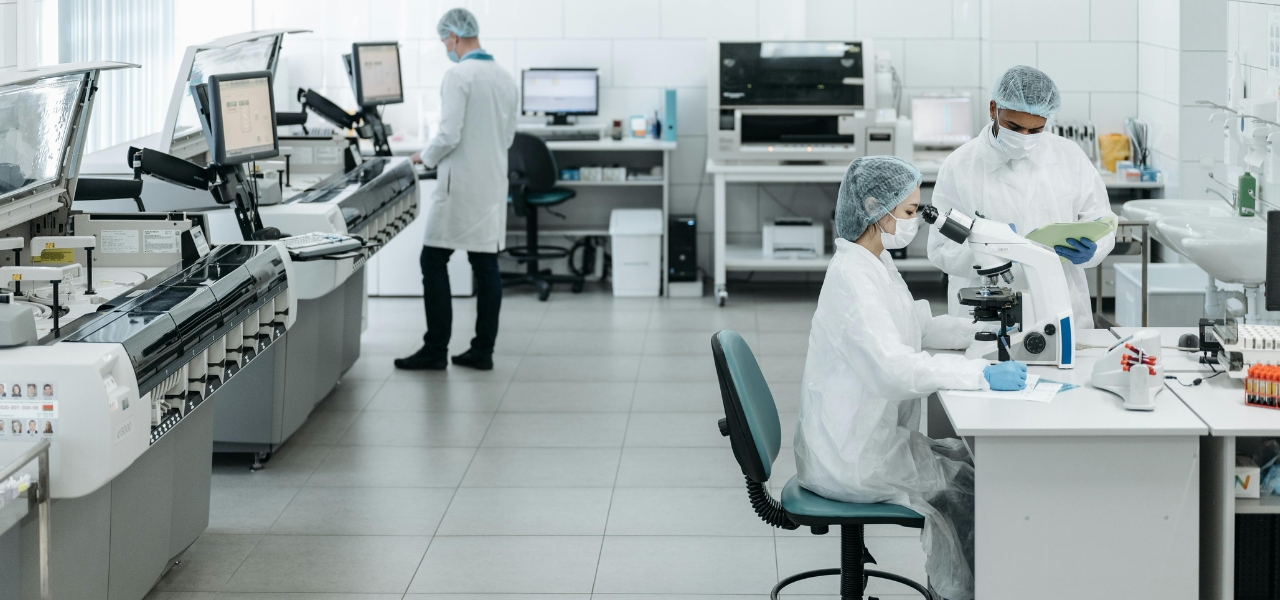The surge of digital information has led to a pressing demand for advanced storage solutions that exceed the capabilities of conventional hard drives and solid-state drives in terms of efficiency, capacity, and durability. With worldwide data generation projected to hit 175 zettabytes by 2025, silicon-based storage technologies are encountering challenges related to scalability, energy use, and material constraints. This is where DNA data storage comes into play, offering an innovation that could transform data storage. By encoding digital information into synthetic DNA molecules, researchers are utilizing nature’s most compact and efficient storage solution. However, is DNA storage genuinely capable of replacing traditional hard drives, or does it serve merely as a specialized option for specific uses?
The Science Behind DNA Data Storage
DNA, the essential blueprint for life, is made up of four nucleotides: adenine (A), thymine (T), cytosine (C), and guanine (G). By associating binary data (0s and 1s) with DNA sequences (A, T, C, G), scientists can effectively store immense amounts of digital information within tiny volumes. In theory, a single gram of DNA could hold up to 215 petabytes (215 million gigabytes) of data, far exceeding the storage capabilities of current solid-state drives (SSDs) and hard disk drives (HDDs). Additionally, DNA is exceptionally durable, capable of keeping information intact for millennia when stored under optimal conditions—significantly outlasting silicon-based storage, which typically deteriorates over decades.
Advantages of DNA Storage Over Traditional Media
- Unparalleled Density and Capacity – DNA can encode data at densities a million times greater than conventional storage, making it ideal for archival applications where space constraints are critical.
- Extremely Long Lifespan – Unlike hard drives, which deteriorate over decades, DNA-based storage remains intact for thousands of years when stored in cold, dry environments.
- Energy Efficiency – Unlike data centers that require constant power to maintain data integrity, DNA storage is a passive system that consumes energy only during reading and writing processes.
- Eco-Friendly Alternative – With silicon shortages and rising e-waste concerns, DNA offers a biodegradable and sustainable alternative to conventional storage.
Challenges and Current Limitations
Despite its promise, DNA storage faces critical hurdles:
- Slow Read/Write Speeds – Current synthesis and sequencing technologies are orders of magnitude slower than electronic storage systems.
- High Cost – Encoding and retrieving data from DNA is still prohibitively expensive, with costs ranging from $1,000 to $10,000 per megabyte.
- Error Rates and Data Integrity – While DNA is stable, errors introduced during synthesis and sequencing pose challenges to accuracy, requiring sophisticated error-correction algorithms.
- Lack of Commercial Infrastructure – Unlike HDDs and SSDs, which have an established ecosystem, DNA storage lacks standardized hardware and software integration for mainstream adoption.
Recent Breakthroughs in DNA Computing
Several innovations are bringing DNA storage closer to practical applications:
- Enzyme-Assisted Writing – Researchers are developing enzyme-based DNA synthesis that reduces costs and increases efficiency.
- Nanopore Sequencing Acceleration – Faster, more accurate sequencing methods are making DNA retrieval more feasible.
- In-Memory Computing with DNA – Scientists are exploring how DNA can be used for biological computation, where it not only stores but also processes data.
- Hybrid DNA-Electronic Systems – Integrating DNA storage with existing electronic frameworks may bridge the gap between biology and computing.
The Future of DNA Data Storage
While DNA storage won’t replace hard drives in everyday computing anytime soon, its role in long-term archival storage is undeniable. Governments, research institutions, and tech giants like Microsoft, IBM, and Intel are actively investing in DNA storage technologies for future-proofing critical data. As synthetic biology, nanotechnology, and AI-driven optimization converge, DNA-based computing may evolve into a viable competitor to traditional silicon storage.
Also read: Are Biodegradable Electronics the Answer to E-Waste?
Conclusion
The convergence of biology and computing is paving the way for a revolutionary approach to data storage. DNA storage presents significant possibilities for applications that demand ultra-dense, long-lasting, and environmentally sustainable storage options. While current challenges hinder widespread adoption, ongoing progress in DNA synthesis, sequencing, and the integration of computing may soon lead us to a future where information is embedded in the essence of life. The forthcoming decade will reveal whether DNA storage remains a groundbreaking experiment or evolves into the new norm for digital conservation.
Tags:
BiotechnologyTechnology TrendsAuthor - Jijo George
Jijo is an enthusiastic fresh voice in the blogging world, passionate about exploring and sharing insights on a variety of topics ranging from business to tech. He brings a unique perspective that blends academic knowledge with a curious and open-minded approach to life.
